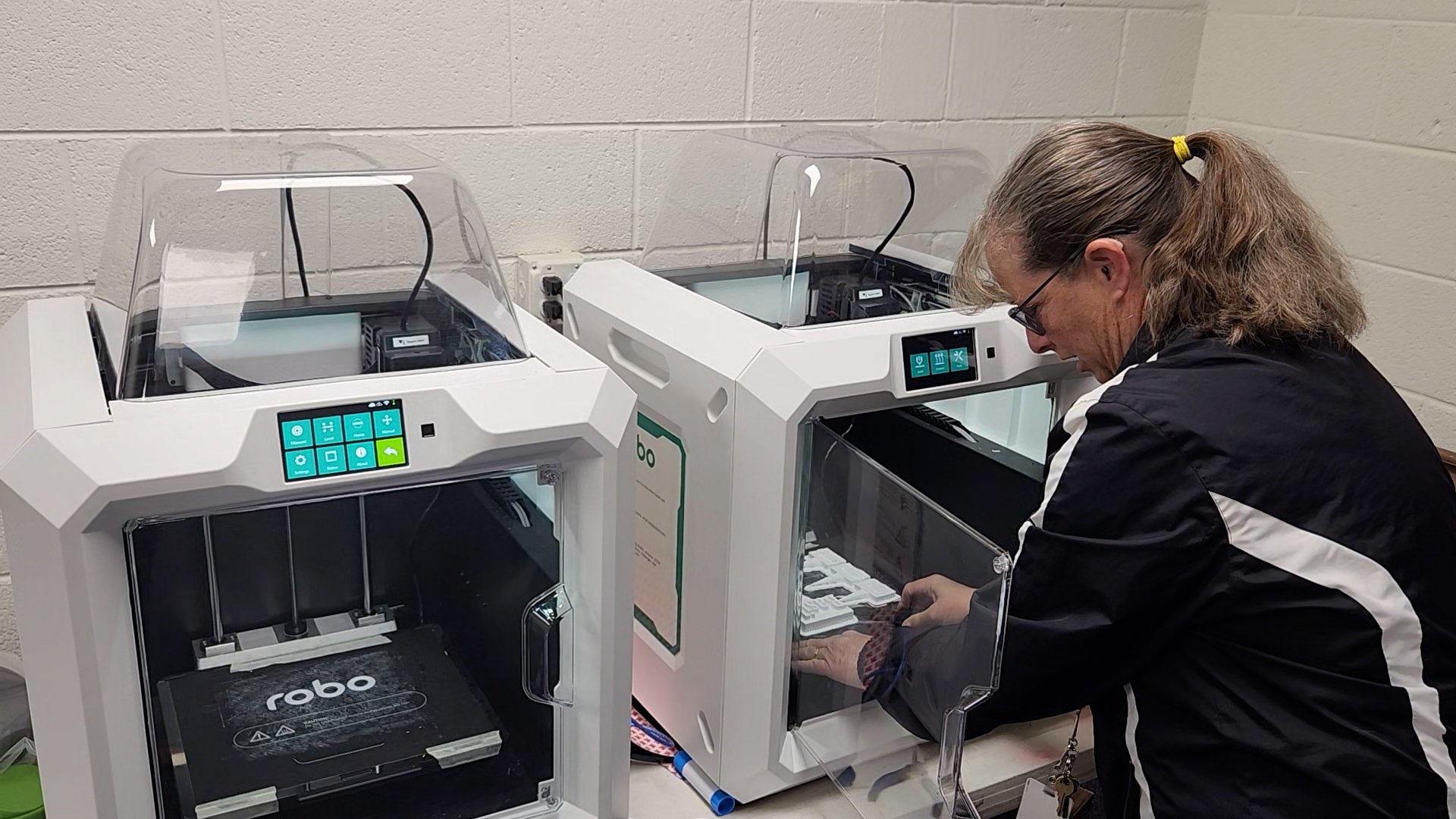Using 3D Printing For Better STEM Education
One of the biggest changes in education over the last 20 years has been in how science, technology, engineering and mathematics has been taught in primary schools. In the past, STEM subjects were often taught in isolation. Now, educators aim to show students how these subjects are interconnected and applicable to real-world problem-solving, including a greater emphasis on technology and computer science. One of the main challenges with this is maintaining an engaging, hands-on learning environment while teaching these subjects.
3D printers in education settings help to bridge this gap. By allowing students to form a physical association to the learning material, 3D printers can become valuable tools for augmenting the STEM learning experience in K-12 schools.
Hands-On Learning
One of the most profound benefits of 3D printing in K-12 STEM education is the opportunity for hands-on learning. It enables students to go beyond theory and dive into the world of practical application. Instead of merely reading about concepts, they can design, create, and interact with physical objects they've crafted themselves. This tangible connection to what they're learning in STEM subjects enhances comprehension and retention.
More Than Numbers On a Page
3D printing makes math and geometry concepts come to life. Students must understand geometric shapes, measurement, and spatial relationships to design objects that fit together accurately. They can apply mathematical principles to create designs that work in the real world, reinforcing what they learn in their math classes.
Most education-based 3D printers also include lesson plans and instructions that make it easy for teachers to incorporate the printers into their curriculum, including programming and design procedures for the printers. These lessons can also help apply lessons to real-world applications. Students can explore how 3D printing is used in various industries, such as healthcare, aerospace, and manufacturing. This exposure helps them understand the practical applications of STEM concepts and may inspire future career choices.
Design Thinking and Problem-Solving
3D printing inherently encourages design thinking and problem-solving skills. When students embark on a 3D printing project, they must first conceptualize an object, design it using CAD (Computer-Aided Design) or 3-dimensional modeling software, and then troubleshoot any issues that arise during the printing process. This iterative journey fosters creativity and critical thinking as they seek the most efficient and functional solutions.
This approach also facilitates interdisciplinary learning. Students are not just studying science, technology, engineering, or mathematics in isolation; they are combining these disciplines to create something unique. They learn how science principles relate to the technology of the 3D printer, how engineering concepts underpin their design, and how mathematical accuracy ensures their creations work correctly. This holistic approach mirrors the broader goals of integrated STEM education.
As we explore the changing world of education, it's easy to see that 3D printing is making a big difference in how we teach and learn STEM subjects in elementary and high schools. It helps us keep learning exciting and hands-on. It's also encouraging a new generation of creative and smart people who can solve problems. 3D printing is a vital tool for teachers, and it's shaping the future of STEM education, inspiring students to do great things.
Interested in seeing how 3D printers can enrich your classroom? Get in touch—we’ll show you how 3D printers can bring context to your curriculum and augment the learning experience.


